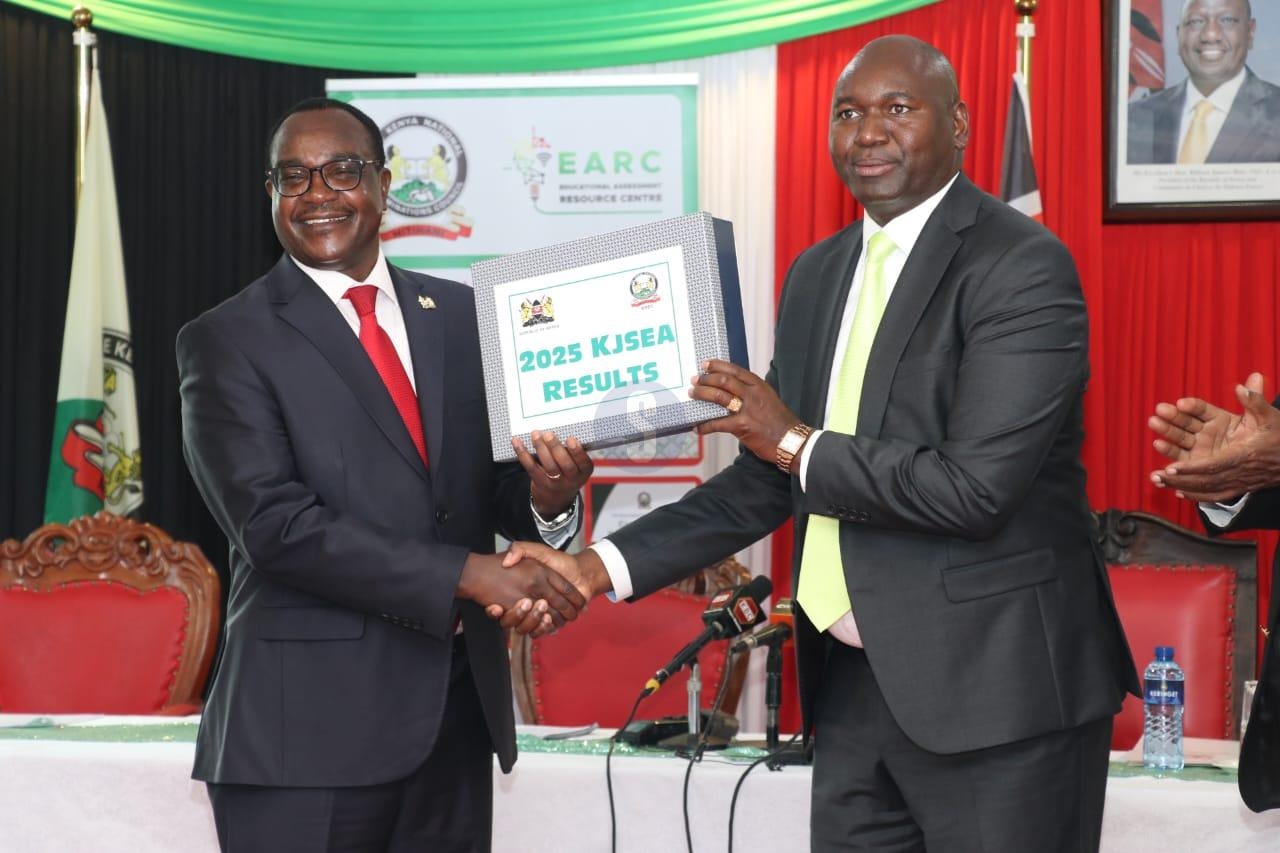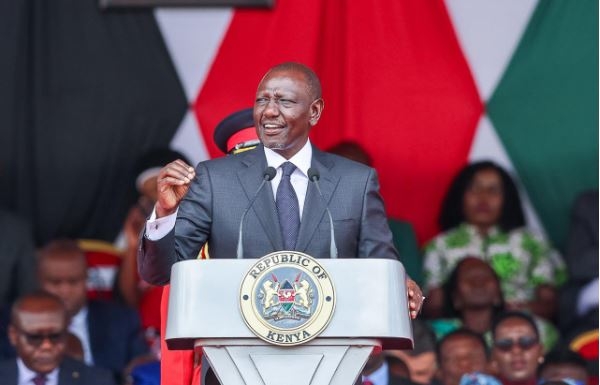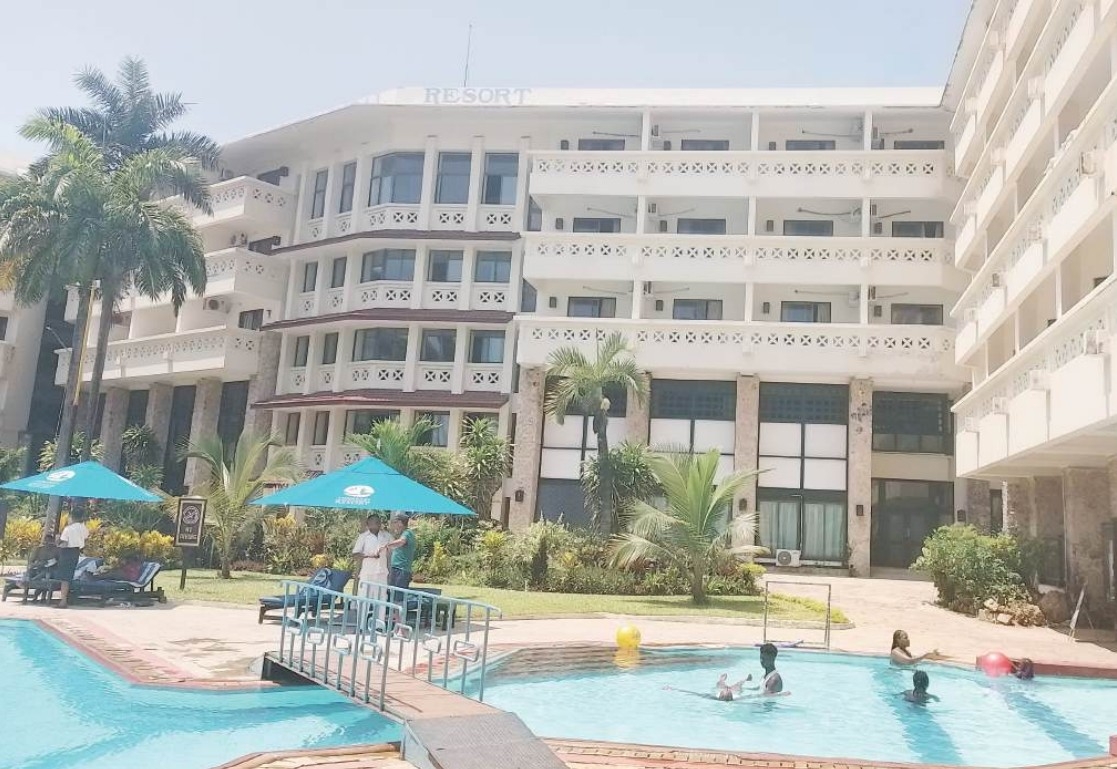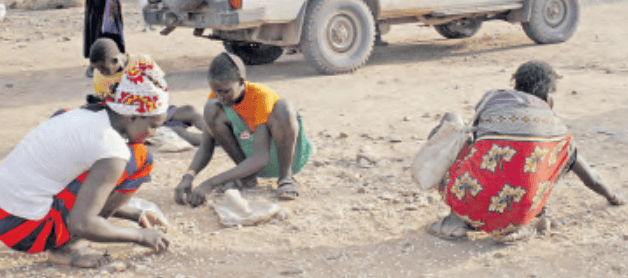
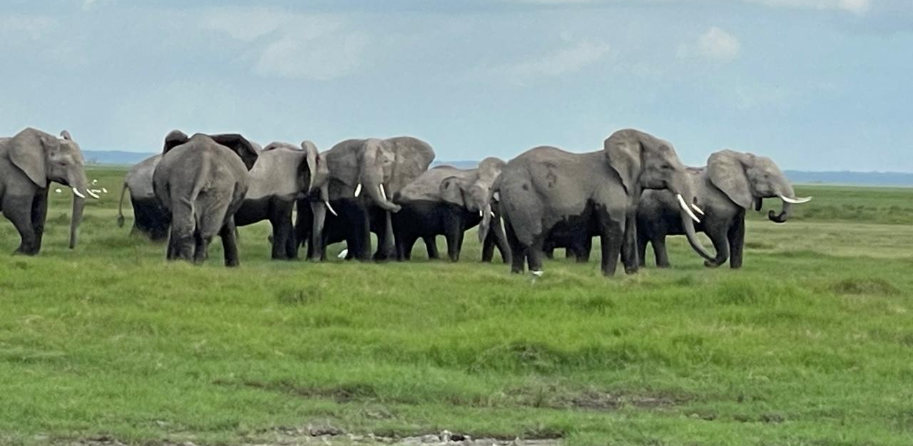
A herder was attacked and killed by a herd of elephants in a village in Kyuso, Kitui county, over the weekend.
The incident happened on
July 26 in Mataka village, Kenya Wildlife Service and police said.
Locals said four elephants were seen moving across the village when they attacked and trampled Ngei Kalungui, 61, who was looking after his cattle in his bushy parcel of land.
He died instantly.
KWS officials in Mwingi
were informed of the incident and rushed there in an effort to drive back the wild
animals to the nearby park.
The body was moved to the mortuary pending autopsy and investigations.
Such incidents of human-wildlife conflicts have been on the rise in the area and places near national parks.
Many wild animals stray from major parks to villages.
KWS has mounted a
campaign to address the menace, which includes fencing the areas.
The government and conservation groups have a compensation programme for people and herders whose livestock is killed by wild animals.
But herders have become more protective after losing livestock to a drought
that has been termed as the worst in decades in the East African region.
Officials said loss of habitat and climate change threatened the number of wild animals, and that their future looked bleak.
The officials say policies aimed at enabling communities to co-exist with wildlife were vital.
President
William Ruto launched a compensation scheme for damages arising from
human-wildlife conflict.
During
the launch, Ruto said that in 2022, the compensation claims stood at Sh7
billion for the period 2014-2023.
The
government has since paid Sh4 billion. He said the remaining Sh3 billion
compensation claims will be paid.
He
said the process of compensation will in the future be made easier, saying
unnecessary bureaucracy will be eliminated.
Ruto
said that the government would compensate for injuries from wildlife attacks
depending on the extent of harm inflicted by the animals up to a maximum of Sh4
million.
The Head of State pointed out that the partnership between the government, the private sector, and communities is key in sustaining conservation efforts.




